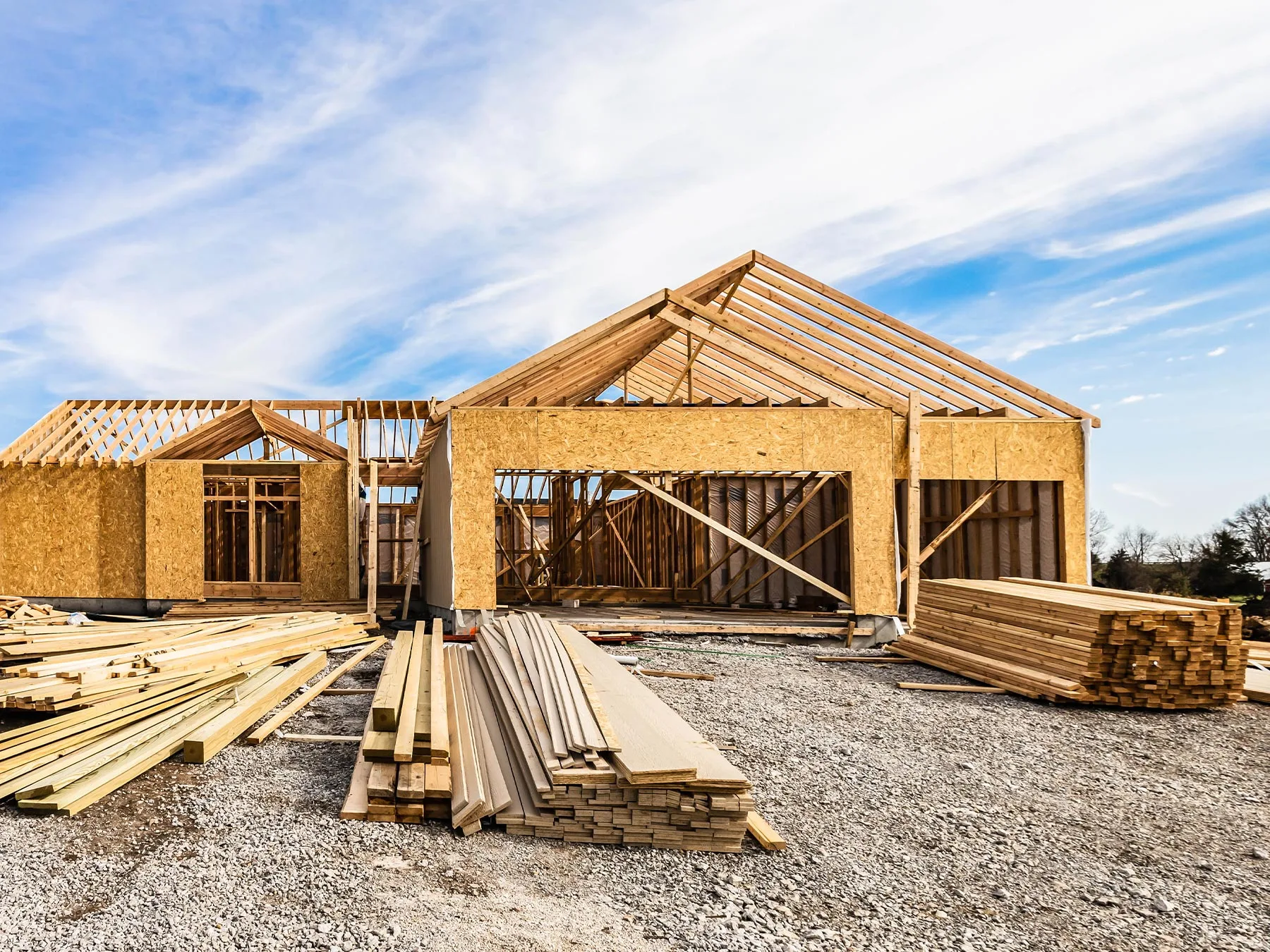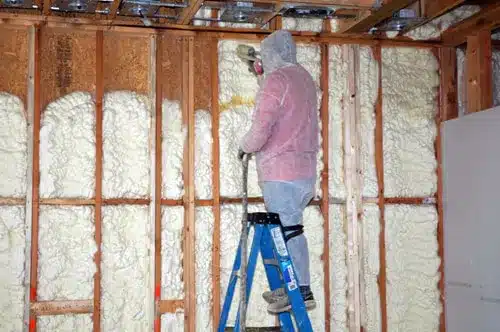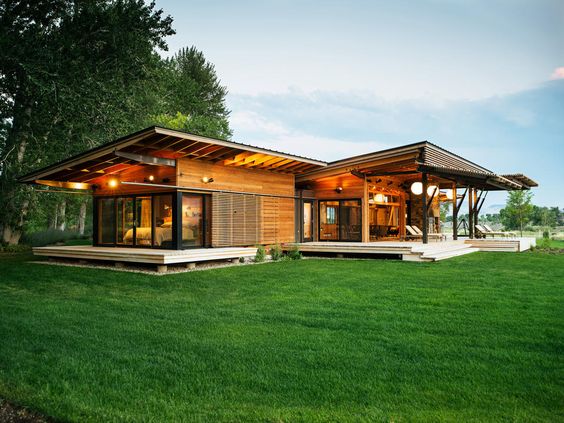How to Choose the Right Materials for Your Home Construction Project
Choosing the right materials for your home construction project plays a crucial part in ensuring durability, cost-effectiveness, and aesthetic appeal.
With an array of options available, making informed decisions can seem daunting so we have put a guide together to help you choose the right materials for your home construction project. If you need some help, this construction company may be able to assist.
1. Understand Your Needs and Budget

Before you get into material selection, it’s essential to understand your specific needs and budget. Ask yourself the following questions to get started:
- What is the primary function of the space?
- What are your aesthetic preferences?
- How much are you willing to spend?
Ultimately, your budget will determine the materials you can afford, however, it’s also important to consider long-term maintenance costs. Sometimes, investing a little more upfront can save money in the long run.
2. Research Material Options
Do your research and understand the different materials that are available to you. Here are some common options for various parts of your home:
Foundation and Structural Elements
For the foundation and structure, you want something that is strong, durable, and suitable for weather conditions in your region. The three main options are concrete, steel, and wood.
- Concrete: Durable and strong, suitable for foundations and structural elements.
- Steel: Offers high strength and flexibility, often used in modern architectural designs.
- Wood: Common in residential constructions, but requires treatment for pest and rot resistance.
Walls and Insulation
Next up are the walls and insulation, here you want to again consider the weather conditions in the region as well as labor costs. Brick, for example, will be more costly to have built
- Brick: Offers excellent thermal mass and durability.
- Wood: Versatile and aesthetically pleasing, but requires maintenance.
- Insulation Materials: Fiberglass, cellulose, and foam are common choices, each with different R-values (thermal resistance).
Roofing
Choosing your roofing material will often depend on affordability, aesthetic or style preference, and again, climate.
- Asphalt Shingles: Affordable and easy to install, but may not last as long as other options.
- Metal Roofing: Durable and energy-efficient, though more expensive upfront.
- Clay or Concrete Tiles: Long-lasting and aesthetically pleasing, suitable for warmer climates.
Flooring
Budget will often be your main constraint here, but style and durability are also important factors that need to be considered. Think carefully about the space what it will be used for and how much foot traffic it will see on a daily basis.
- Hardwood: Durable and timeless, but can be expensive and require maintenance.
- Tile: Versatile and water-resistant, ideal for bathrooms and kitchens.
- Laminate: Cost-effective and easy to install, though not as durable as hardwood or tile.
Exterior Finishes
You’ll want to choose something low maintenance and hardy for your outside area, again, pay attention to the climate in your region.
- Stucco: Provides a clean finish and is durable in dry climates.
- Vinyl Siding: Low maintenance and affordable, but may not offer the same aesthetic appeal as other materials.
- Stone Veneer: Adds a natural look and is durable, but can be expensive.
3. Consider Environmental Impact
Sustainability is an important factor in modern construction, and most companies and people are taking this into account during a build. Consider materials that are eco-friendly and have a low environmental impact:
- Bamboo: A rapidly renewable resource, ideal for flooring and cabinetry.
- Recycled Steel: Reduces the need for new materials and offers high strength.
- Cork: Sustainable and renewable, great for flooring and insulation.
Additionally, look for materials with low VOC (volatile organic compounds) emissions to improve indoor air quality.
4. Evaluate Durability and Maintenance

Different materials require different levels of maintenance and have varying lifespans. You’ll need to consider things like how much maintenance they need and how durable they are. To give you an idea:
- Maintenance Needs: Materials like wood and natural stone require more maintenance compared to vinyl or composite materials.
- Durability: Choose materials that can withstand your local climate and usage patterns. For instance, metal roofing is excellent for areas prone to heavy snowfall.
5. Aesthetic Appeal
Your chosen materials should align with your desired aesthetic. Think about things like the color and texture you are going for in your home, as well as a consistent and flowy style throughout.
Materials like wood and stone offer natural variations in color and texture, adding character to your home. Ensure that all materials complement each other and fit the overall architectural style of your home.
6. Check Local Building Codes and Regulations
Always ensure that the materials you choose comply with local building codes and regulations. Some areas have specific requirements for fire resistance, energy efficiency, and structural integrity.
7. Consult with Professionals
Architects, builders, and interior designers can provide valuable insights into material selection. They can help you balance aesthetics, functionality, and budget, ensuring a successful construction project.
8. Review Warranties and Guarantees
Check the warranties and guarantees offered by manufacturers. Quality materials often come with warranties that can provide peace of mind and protect your investment.







